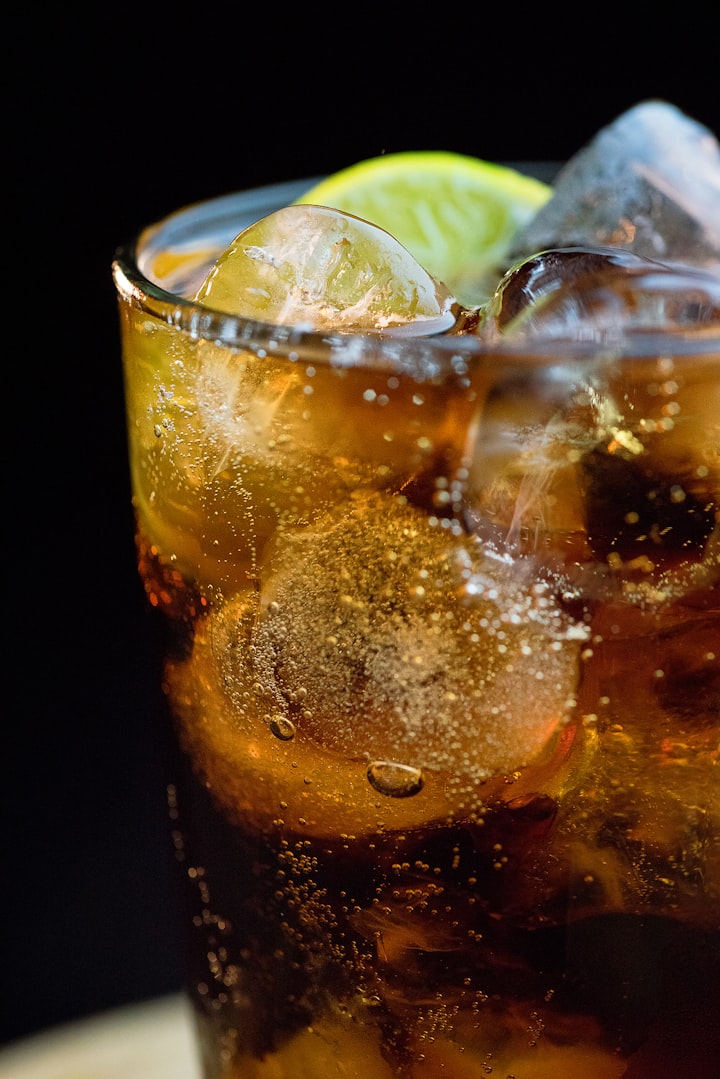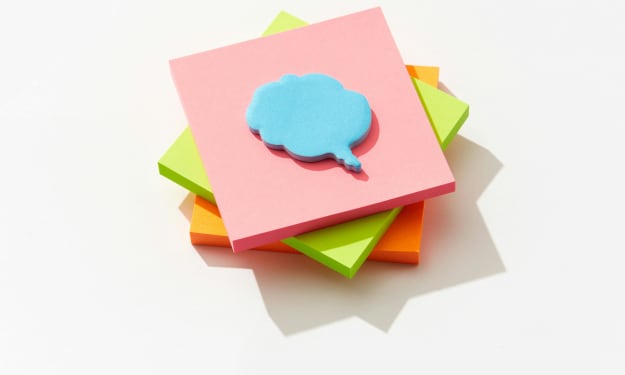
Title: The Bubbly Delight: Exploring the World of Fizzy Drinks
Introduction
Fizz, also known as carbonation or effervescence, has been captivating our taste buds for centuries. Whether it's a refreshing soda, a sparkling water, or a fizzy cocktail, the sensation of tiny bubbles dancing on our tongues adds a unique dimension to our drinking experience. In this article, we will embark on a journey to explore the fascinating world of fizzy drinks, from their history to their cultural significance and the science behind their effervescence.
A Brief History of Carbonation
The discovery of carbonation dates back to ancient times when natural springs and mineral waters were believed to have medicinal properties. In the early 17th century, the English scientist and clergyman Joseph Priestley is credited with discovering a method to artificially carbonate water by dissolving carbon dioxide gas in it. This innovation laid the foundation for the creation of carbonated beverages.
One of the earliest commercial carbonated beverages was soda water, invented by the Swiss watchmaker Jacob Schweppe in the late 18th century. His invention revolutionized the beverage industry and laid the groundwork for the fizzy drinks we enjoy today.
The Soda Boom
The 19th century witnessed the rapid growth of the soda industry, with various companies developing unique carbonated concoctions. In the United States, the soda fountain culture gained popularity, with pharmacies and soda shops serving as gathering places for communities. Iconic brands like Coca-Cola and Pepsi emerged during this era, their secret recipes and marketing campaigns becoming synonymous with the American way of life.
During Prohibition in the 1920s, soft drinks became an alternative to alcoholic beverages, further cementing their place in American culture. The soda industry continued to thrive, offering a wide array of flavors and packaging innovations.
Fizz Around the World
Carbonated beverages are not confined to one region or culture; they are enjoyed worldwide. In Italy, sparkling mineral water such as San Pellegrino is a staple at the dinner table, while in France, the effervescent appeal of champagne has been celebrated for centuries. In Japan, Ramune, a carbonated soft drink, is a popular choice during summer festivals.
India has its own unique contribution to the world of fizzy drinks with its love for "soda" or "soda pop." Soda vendors dot the streets, offering a range of flavored carbonated drinks mixed with various syrups, spices, and herbs. These concoctions, known as "masala soda," provide a refreshing and spicy twist on traditional soda.
The Science of Carbonation
The delightful fizz in carbonated beverages is the result of carbon dioxide (CO2) dissolving in water under pressure. When a container of carbonated liquid is opened, the pressure is released, causing the CO2 to come out of solution and form bubbles. These bubbles rise to the surface, creating the effervescence that we see and feel.
The size and persistence of bubbles in fizzy drinks are influenced by factors such as temperature, pressure, and the presence of nucleation sites. Nucleation sites are irregularities or imperfections on the inside surface of the container, which provide a surface for CO2 bubbles to form. This is why you often see bubbles clinging to the sides of a glass.
The Sensation of Fizz
The sensation of carbonation on our taste buds is a multisensory experience. When we take a sip of a fizzy drink, the bubbles stimulate receptors in our mouth, creating a tingling or prickling sensation. This sensation is enhanced by the acidity of the drink, which amplifies the perception of carbonation.
Carbonation also affects our perception of flavor. The effervescence can carry aromatic compounds to our olfactory receptors in the nasal passage, intensifying the overall flavor experience. This is why carbonated drinks can taste more vibrant and refreshing compared to their non-carbonated counterparts.
The Cultural Significance of Fizzy Drinks
Fizzy drinks have become more than just beverages; they are cultural icons, symbols of celebration, and even status symbols. In many societies, opening a bottle of champagne or sparkling wine is synonymous with special occasions and milestones. Soda, on the other hand, has been an integral part of American pop culture, featured in movies, advertisements, and even music.
Beyond celebrations, fizzy drinks also hold a nostalgic place in our hearts. Many of us have fond memories of sipping soda from glass bottles or enjoying root beer floats on hot summer days. These beverages evoke a sense of comfort and nostalgia, reminding us of simpler times.
Conclusion
Fizz, in all its effervescent glory, adds a unique dimension to our drinking experience. Whether enjoyed as a sweet and refreshing soda, a crisp sparkling water, or an elegant glass of champagne, carbonated beverages have a rich history and a significant cultural impact. From the science behind the bubbles to the memories they evoke, fizzy drinks continue to captivate our taste buds and bring joy to our lives. So, the next time you take a sip of your favorite carbonated beverage, savor the sensation and raise a glass to the delightful world of fizz.
About the Creator
Enjoyed the story? Support the Creator.
Subscribe for free to receive all their stories in your feed. You could also pledge your support or give them a one-off tip, letting them know you appreciate their work.






Comments (1)
Plop, plop, fizz fizz oh what a relief it is! Great work! Good job!